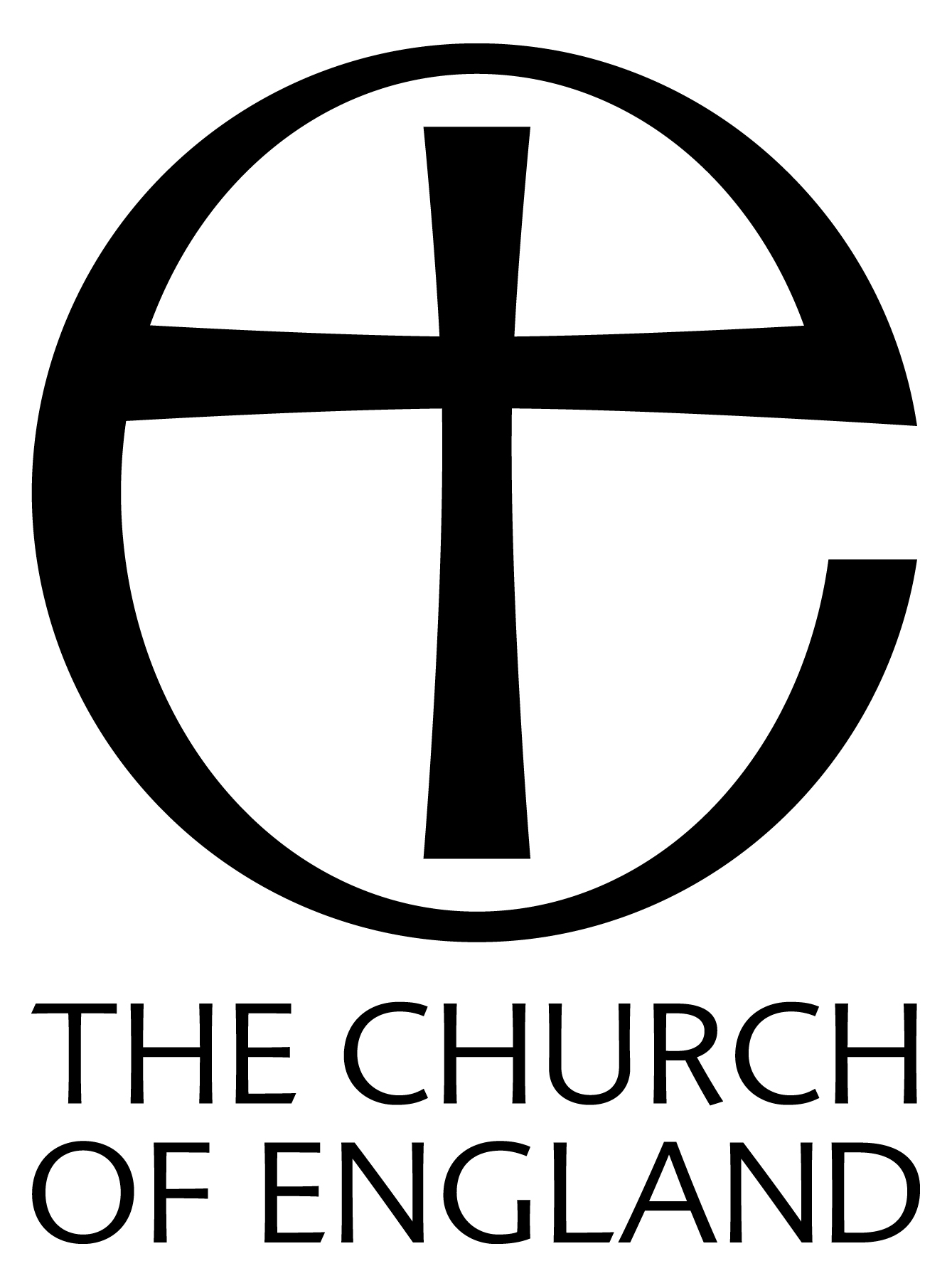Reproduced from
DRYPOOL -
Being a History of the Ancient
Parish of Drypool cum Southcoates
by M. Edward Ingram (1959)
by M. Edward Ingram (1959)
| < < < | > > > |
|
Some of these early industrialists, whose remains lie in Drypool churchyard, are commemorated in the names of the streets, which now cover the sites of their works. Captain Phillip's Map of 1720 (B.M. K. 44, 33), printed by Blashill, shows some of the developments. The same map also shows that whereas there had been considerable building in Trippett and Scu1coates, Drypool was as yet almost unaffected by the expansion of Hull. There were a few houses on the road leading to Stoneferry, which after 1801 was laid out in a new street, called Great Union Street. There are some buildings on the east side of Church Street, which wound as it still does, and is labelled " King's Road to the Common." This map also tells us that the" Foundations of Drypool Church are 7 ft. higher than the citadel" William Huntington died in 1783, and was succeeded by John Collings, who was also Vicar of Bempton from 1786, and Everingham from 1787. His successor was George Thompson, who in turn was followed by John Foster. According to his monument now destroyed, the latter was minister of the church for twenty-one years, first as assistant, and from 1810 as Vicar. In 1815 he also became Vicar of Sutton, and died in 1819. There is an inventory of his time dated 1817. By then the bells had been increased in number to three. With a new curate, Richard Moxon, we come to the rebuilding of the church and a new era in its life. We are told that such was his success as a preacher that he filled the old church to overflowing, and it was necessary to rebuild. In 1801 the population was 671. By 1821 it had trebled itself, reaching 2,207. When the Government abandoned Garrison Side in 1801, 37 acres of land were granted to the Corporations of the City, and the Trinity |
The old parish church was closed in 1822, and work on its demolition commenced on 15th April of that year. The last sermon preached in it was by the curate, Reverend Richard Moxon, on the text I Peter 7, " But the end of all things is at hand." During the rebuilding the services were maintained in the Charterhouse Chapel, and they were held there for sixty Sundays. Before we discuss the rebuilding, however, it will be as well to try to sketch in the religious background of the district at that time. The great movement of the eighteenth century was what has come to be known as the Evangelical Revival. Working through the Church and the parochial system, the aim of its adherents was to preach the pure Gospel to those who were starved of it, or had to be content with the dry-as-dust morality of the age. Whilst the Evangelicals held many similar views to the Methodists, they disliked Wesley's itinerant |

|
|

|
|